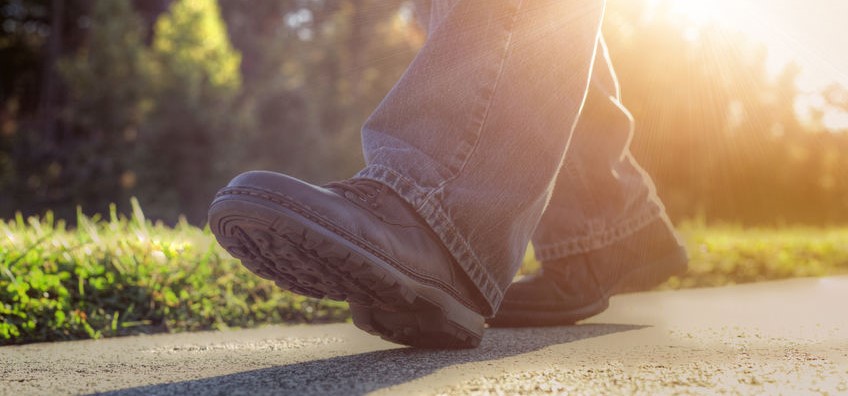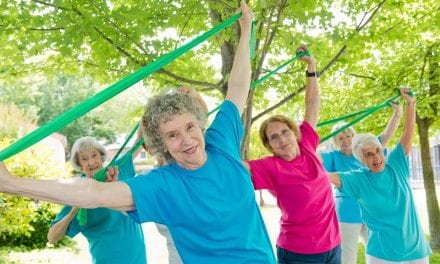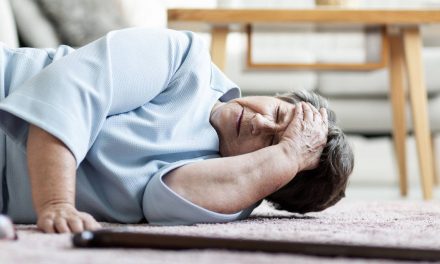It’s a tough balancing act for assisted living operators dealing with the special challenges posed by those people who are in the earlier stages of cognitive decline.
By Susan Saldibar
I have a lot of sympathy for older individuals in the early stages of cognitive decline. These are the men and women who pretty much still “know where they are” at any given time and are not about to get lost going for groceries or a walk in the park.
Until, of course, someone goes left instead of right and keeps going. Or until someone decides to go to that little specialty store right outside the mall, except it’s not right outside the mall. So they keep walking. And walking.
How can you watch out for these folks without making them feel caged in or hovered over?
It’s a tough balancing act for assisted living operators dealing with the special challenges posed by those people who are in the earlier stages of cognitive decline. How do you protect these folks?
Here’s one idea, courtesy of Jacquie Brennan, Vice President of Vigil Health Solutions, a Senior Housing Forum partner. I talked with Jacquie recently about a new GPS tracking device (called GPS SmartSole®) that comes in the form of a shoe insert (think of those Dr. Scholl’s inserts). Vigil partnered with GTX Corporation, a developer of miniature GPS tracking technology, to deliver the GPS SmartSole® to senior living communities.
Here’s what I think is pretty cool about it:
-
Fits in a simple comfortable shoe or slipper; no special shoes required.
-
Easy to keep charged (only one tracker in one shoe needed, while the other tracker is charging).
-
No obnoxious buzzers or beepers.
-
You can set a “safety” zone which, if breached, can cause an alert to a nurse’s station.
-
Pretty accurate — within 50-100 feet radius.
-
Gives you a less “confrontational” way of keeping track of an individual’s whereabouts.
-
No one has to remember to wear a pendant, special watch, or carry special keys.
“It’s important to realize that the purpose of GPS SmartSole® is not to limit an individual’s movements,” says Jacquie. “It’s not an elopement alert. It is really best used as a safeguard to help a resident who may have taken a wrong turn from their usual path. So if they always go out the door and turn right to head for the local convenience store and go left into the residential area, the caregiving staff will know which way they’ve gone.”
So John can be tracked down and picked up, with his dignity remaining intact.
And there are plenty of non-emergency situations that could benefit from this kind of tracking device. Is an individual having breathing issues as he or she walks slowly through the park? How long have they been in the park? Or at a local coffee house? For those with cell phones it then becomes as simple as “Hey everything okay? You’ve been gone awhile.” And, for those instances in which an individual really could use some help, they can be tracked and helped without sending out an all-points bulletin.
“The fact is that there still remains a high percentage of assisted living residents who have freedom to come and go as they please,” says Jacquie. “They aren’t yet candidates for acute movement monitoring, yet they and their families would like extra assurance that they are ‘connected’ to the community staff so that they can be quickly reached and assisted by community staff when and if needed.”
What do you think? Could this bridge the monitoring gap between normal cognitive residents and those with early decline? Would residents feel better about a sole insert with GPS tracking “just in case I get off track”? And, here’s a thought. How many rattled caregivers could it soothe and potential 911 calls could it eliminate?
For more information on GPS SmartSole®, you can download Vigil Health Solutions’ data sheet by clicking the button below:
For more information on Vigil integrated care solutions, please click on the Vigil logo button below to visit the Vigil website:
Download a PDF copy of this article by clicking on the button below:











